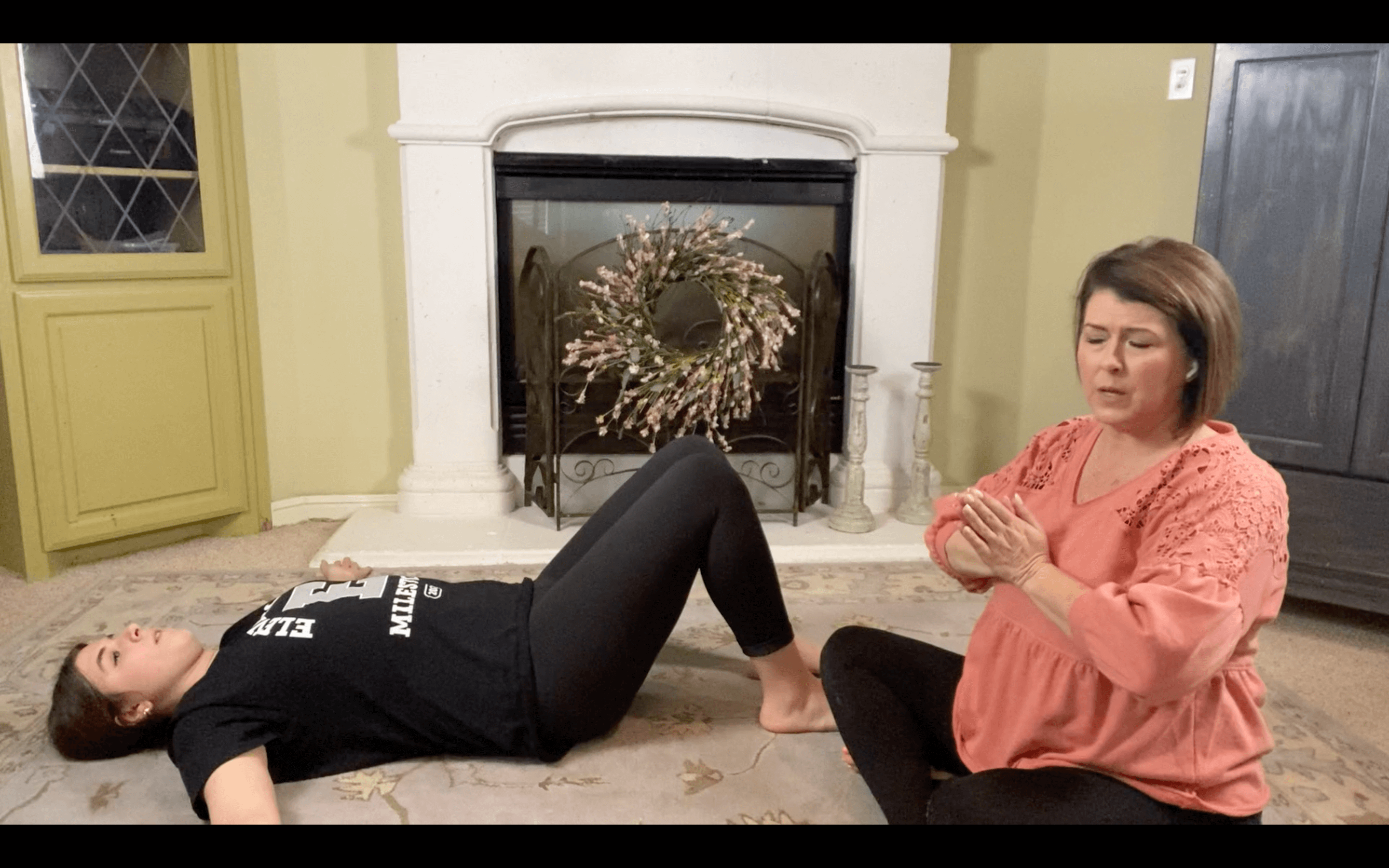Course Menu
-
Introduction
Course Outline
System Development
Understanding Fear Paralysis Reflex
Understanding Moro Reflex
Understanding Rooting Reflex
Understanding Babinski Reflex
Understanding Palmer Reflex
Understanding Spinal Galant Reflex
Understanding Tonic Labyrinthine Reflex (TLR)
Understanding Symmetrical Tonic Neck Reflex (STNR)
Understanding Asymmetrical Tonic Neck Reflex (ATNR)
-
Phase 1 Overview
Rhythmic Movement Training
Rooting Reflex Exercise
Palmar Reflex Exercise
Babinski Reflex Exercise
Spinal Galant Reflex Exercise
Moro Reflex Exercise
Optokinetic Reflex
Astronaut Training Slow
Wilbarger Brushing
Box Breathing
Hand Pulls
Meatball
Smooth Pursuits
Supine Rocking
1/2 Superman
Snow Angel
BALANCED BRAIN ~ THRIVING CHILD
Kim Lowack
Prayer Pose

The prayer pose is focused on the coordination of breath control and body movements. We are also activating the vagus nerve to create calm in the body. This movement is also addressing core strength and the MORO reflex.
Technique: With bent knees lift the hips off the floor where they are creating a straight line from shoulders to the knees. (a skateboard) not (a skate ramp). Raised the arms to the chest and hold the breath for 30 seconds while maintaining the hips in a "skateboard" position.
Frequency:
- 1-2 x daily
- 30 seconds x 2
- modify as needed to reach a full 30 seconds. For example, 3 -10 sec holds. or 2 - 15 second holds.
Undesired observations: Exercise is not complete until the below observations or gone:
- Rest breaks are required
- Lowering body too fast.
- Unable to synchronize movements
- Raising body too fast
- Difficulty balancing in the bridge position.
- Unable to hold or release breath at the correct time, or with the correct technique.
- Body unstable in the bridge position- tremor or wiggle in the hips
- Unable to hold breath for 30 seconds
**Bonus - if your child is unable to take a deep breath where the abdomen fills up and bulges out when inhaling and retracts when exhaling. There is likely a disconnect between the breath/vagus nerve activation and levels of anxiety. All of us, children included, do not breathe deeply. When this happens we limit our ability to calm ourselves - REFER BACK TO BOX BREATHING.
When you have tried 2+ weeks of prayer pose and the breath-holding time is not increasing you may need to consider the following:
At this point in time, I often suggest that we introduce a peak flow meter to measure breath strength on exhalation. When we activate the muscles in the abdomen to be stronger and have more capacity, we often see a change in anxiety levels.
A peak flow meter is a helpful tool to train the lungs and measure lung strength.
Procedure:
- GREEN ARROW: set your flow meter to your goal number according to the chart below
- YELLOW ARROW: use this arrow to mark your last best performance
- RED ARROW: use this arrow to mark your very first performance.
- The last red arrow will move according to your exhalation and will show you where you are for that day.
- Use this device daily and perform 6-8 exhalations with time to recover in between. If you get lightheaded stop and recover first!!
Here is a link for a peak flow meter: HERE
Peak Flow Norms per Height:
Continue use of the peak flow meter until your child can reach the goal PEFR number or hold their breath for 30 seconds. Whichever comes first!
